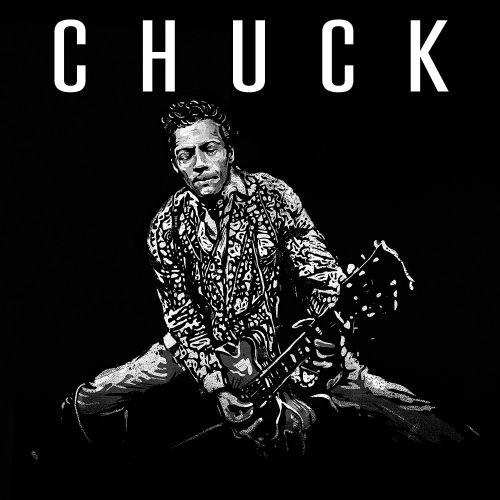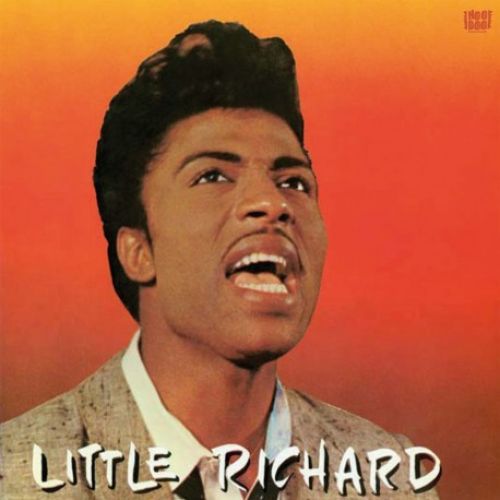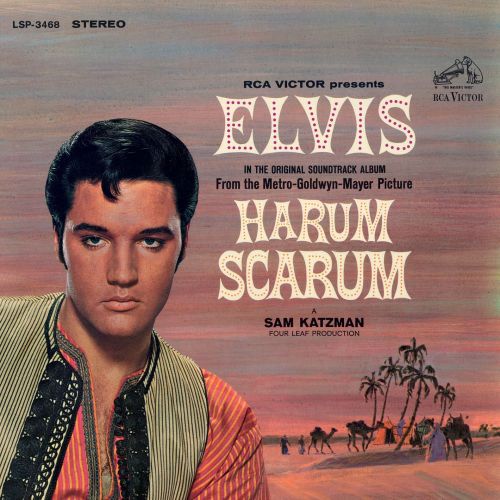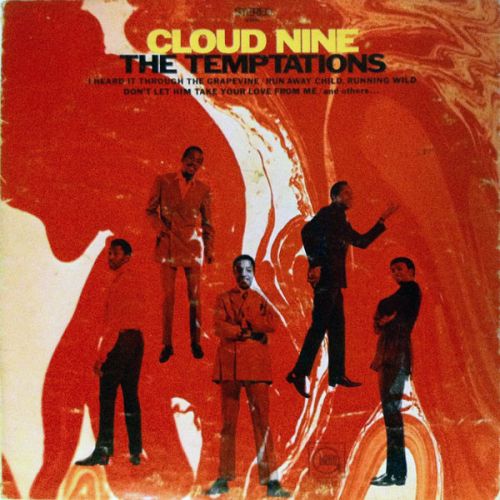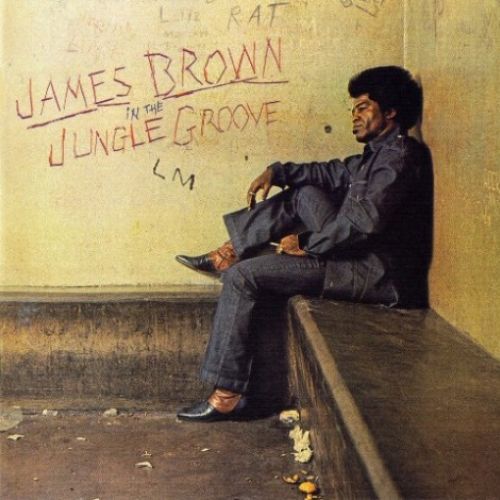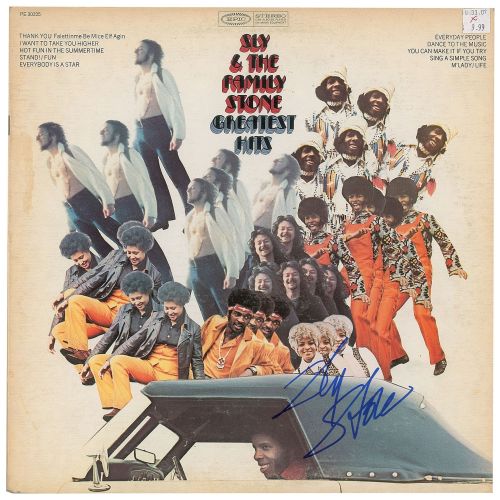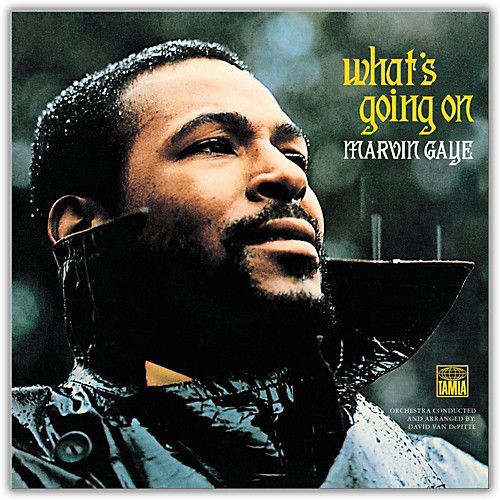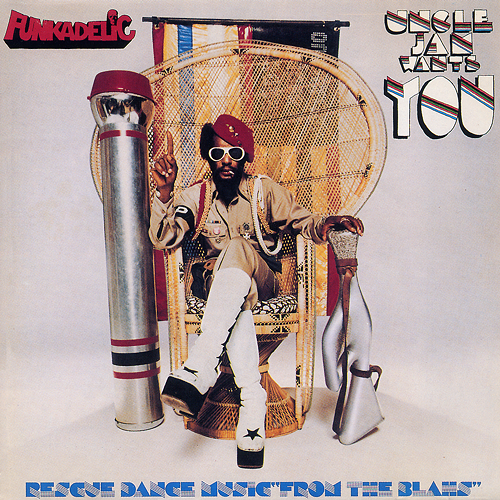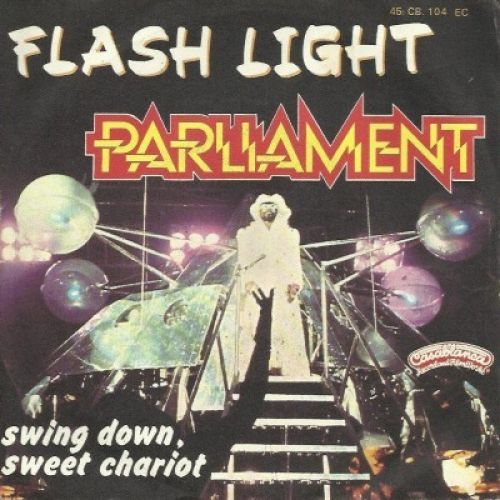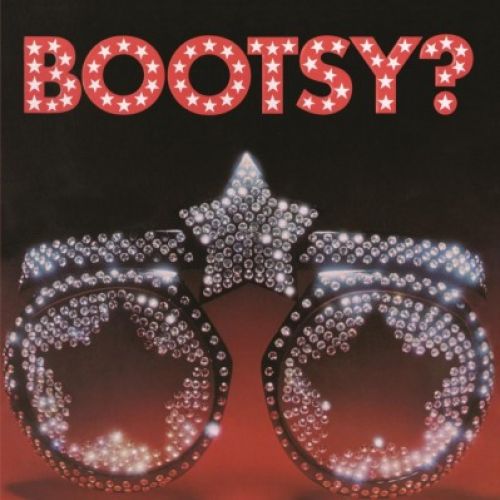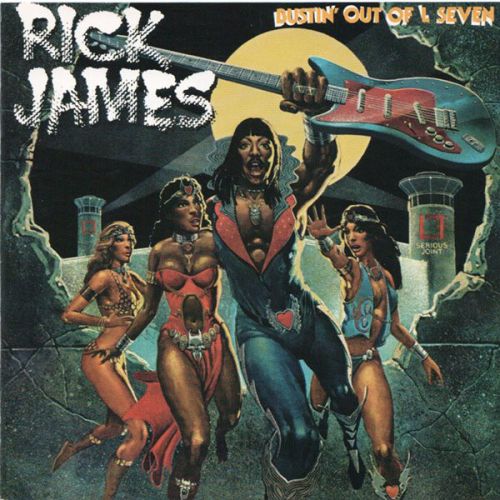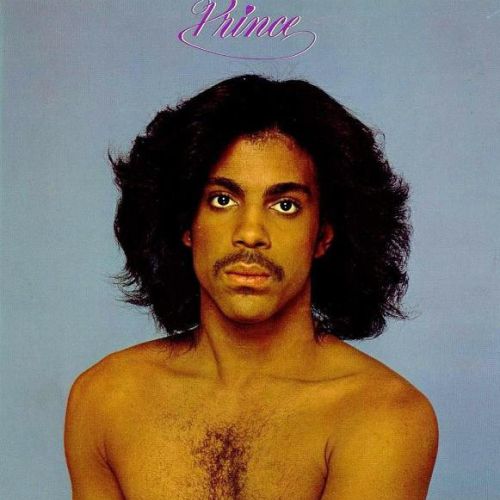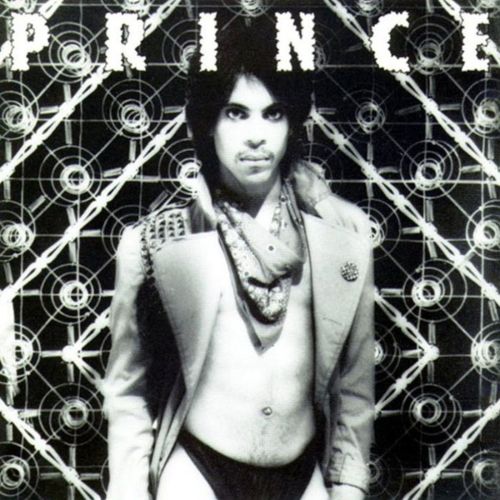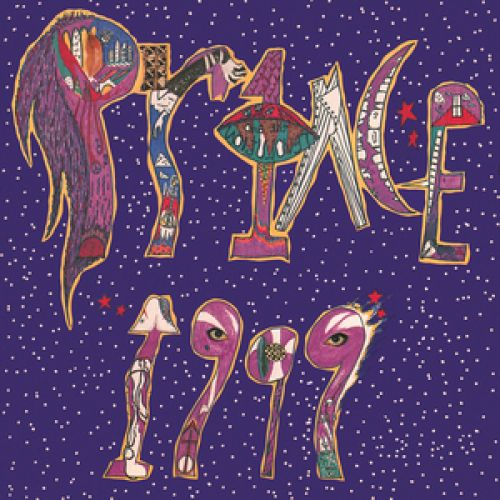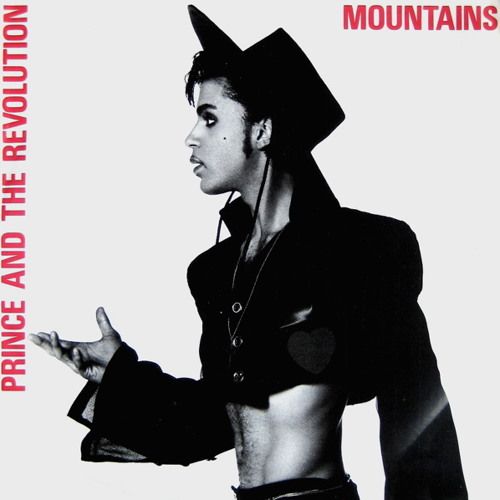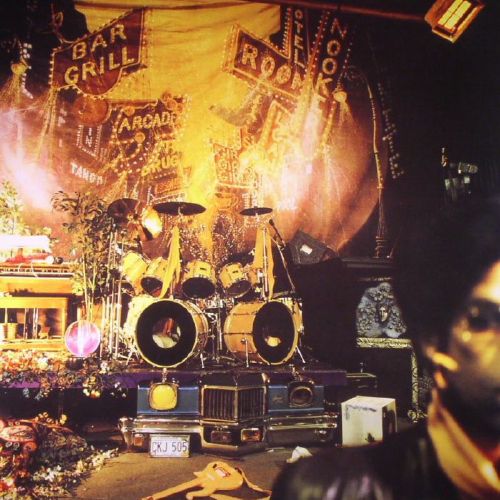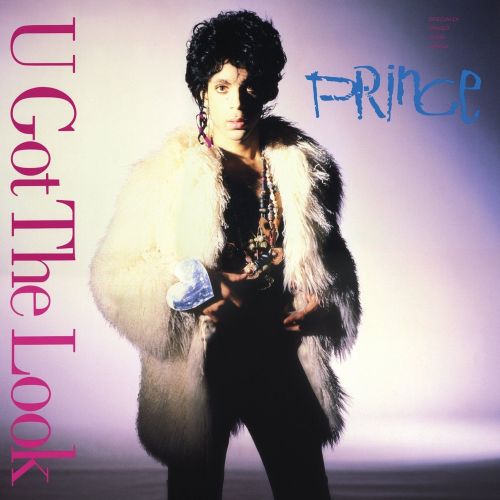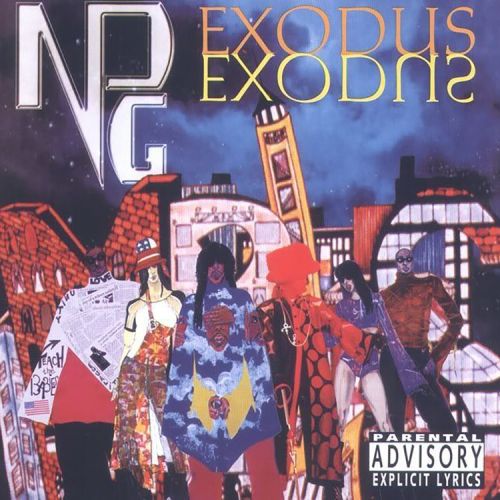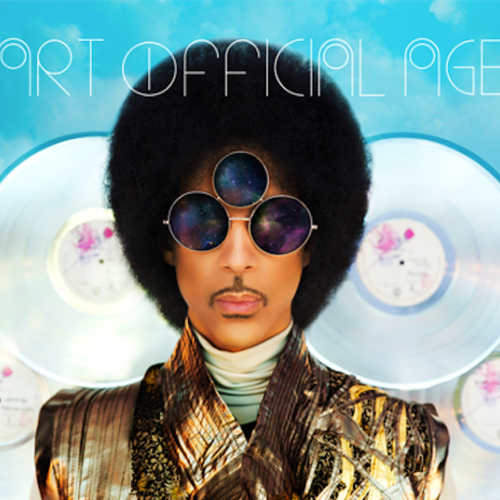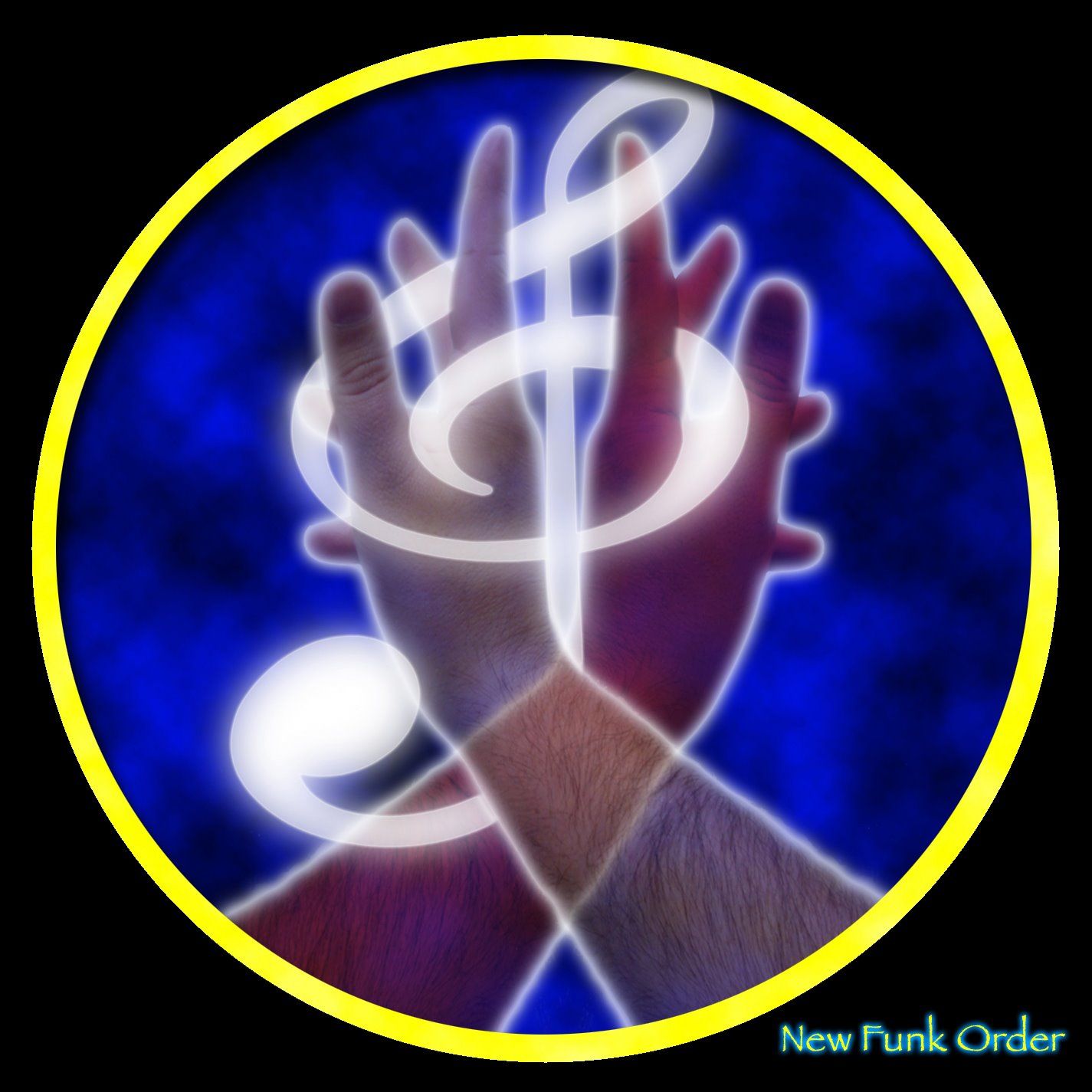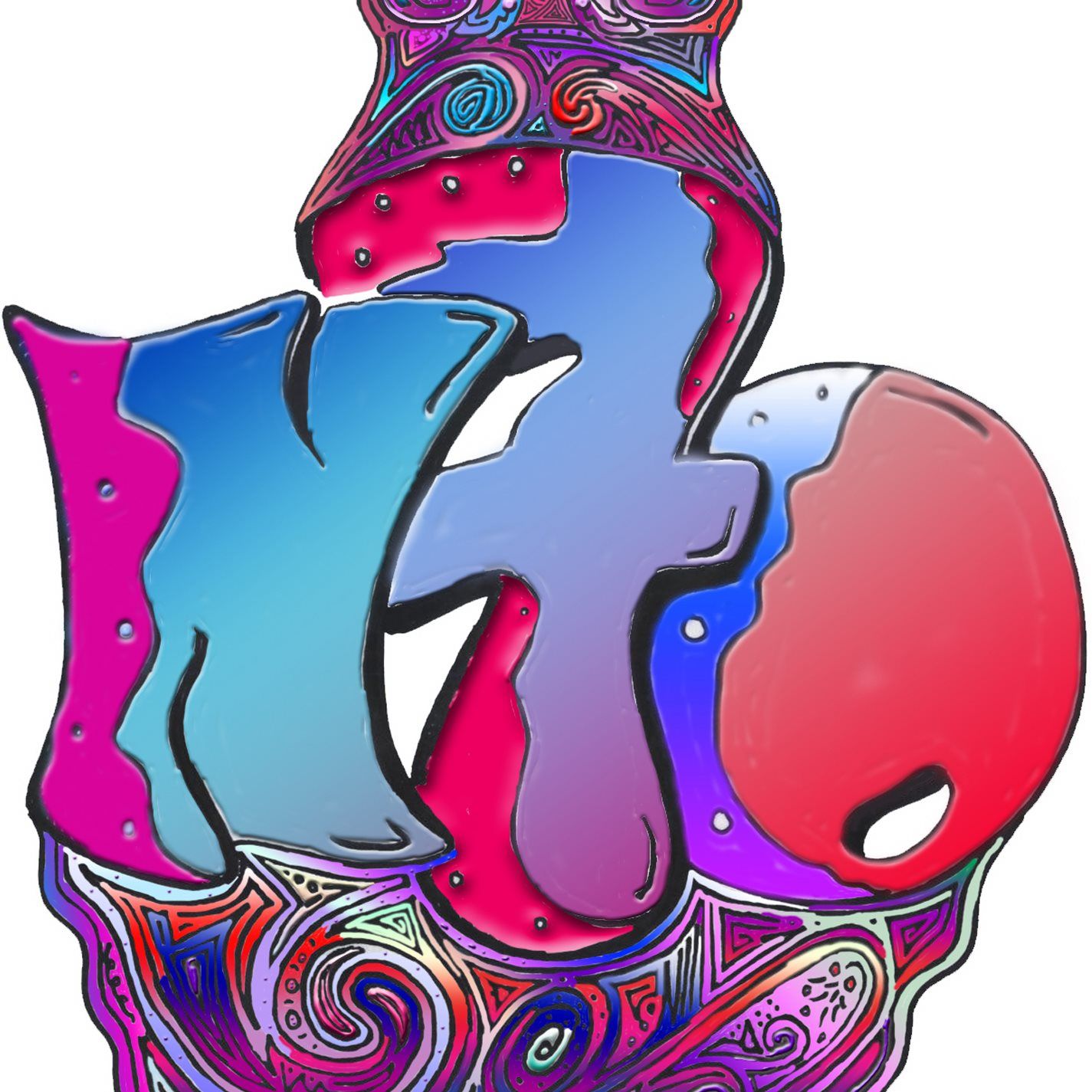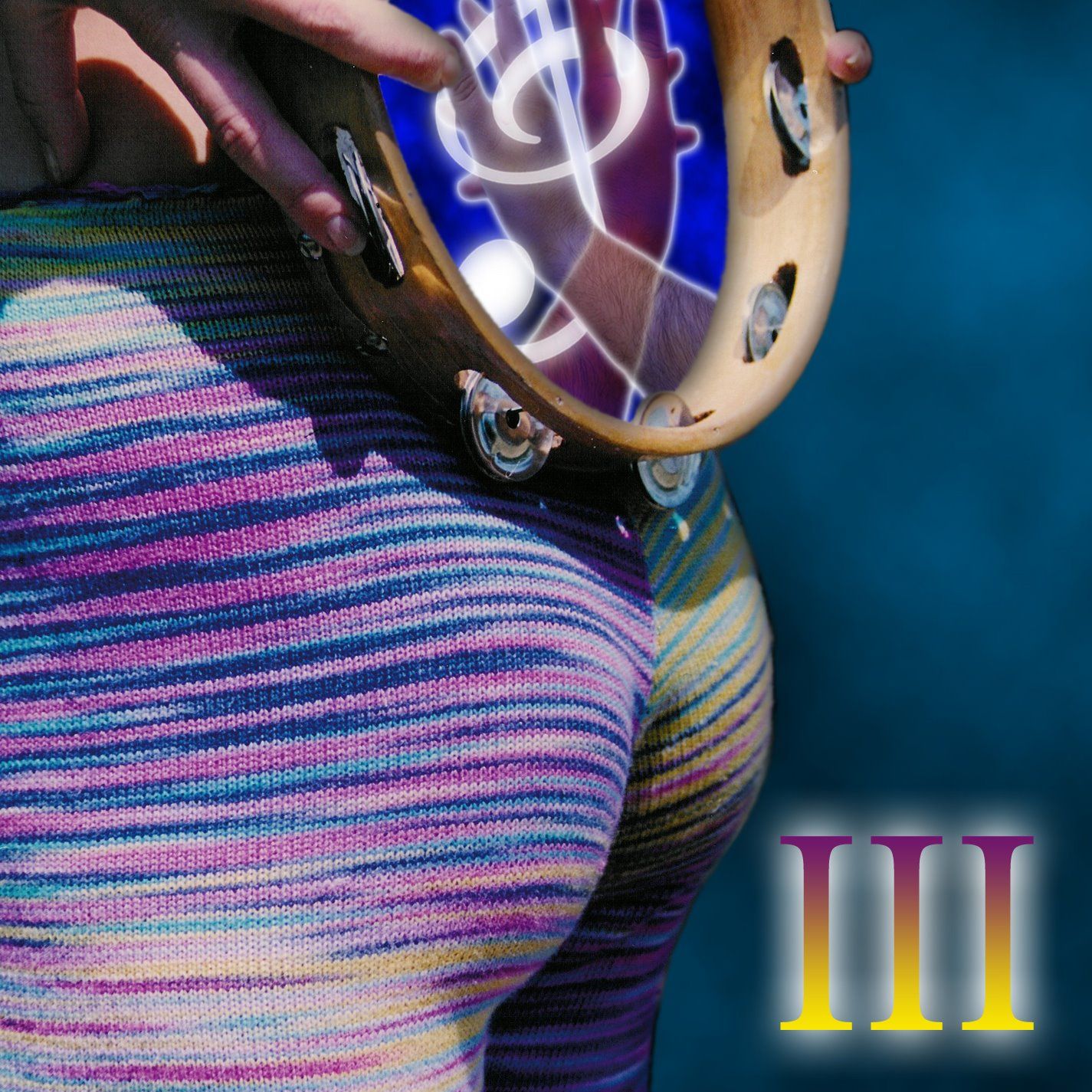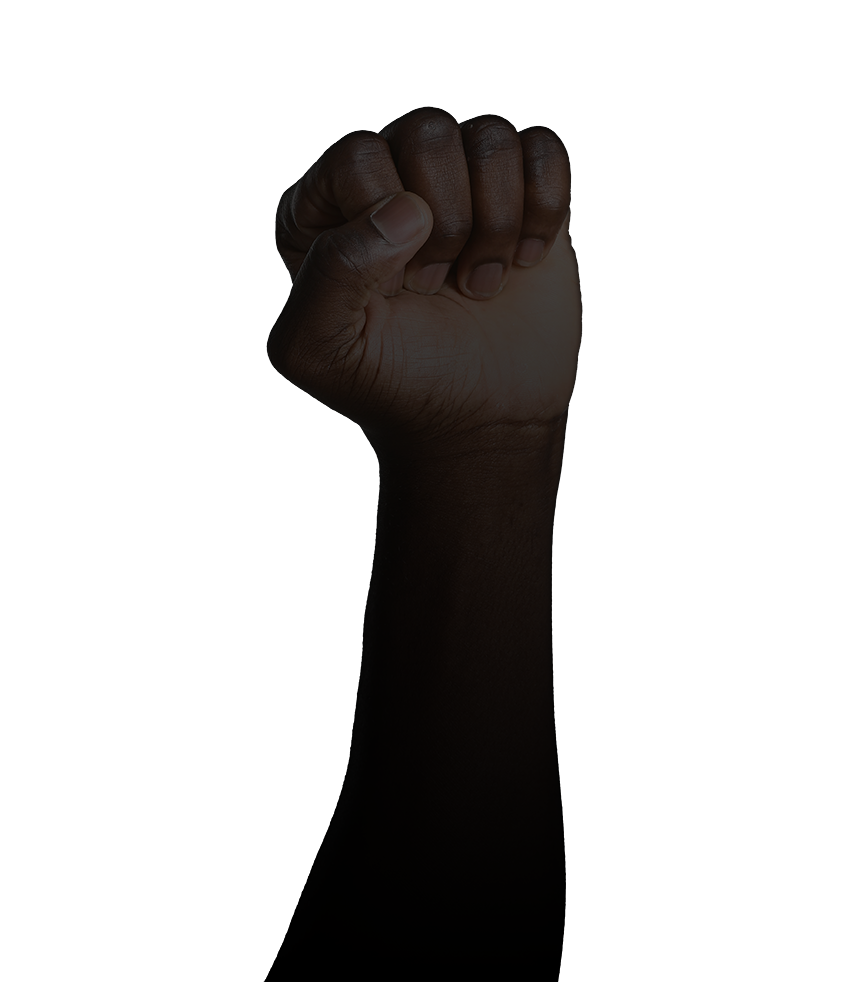
Welcome to the Dawn
Every day, millions of people across the world are missing one of the most important
parts of their diet and don’t even know it. An epidemic is sweeping the globe as malnourished
ears have been starved for decades of stimulating, thought provoking, uplifting music.
The problem is increasing with every passing year as corporate radio saturates the
airwaves with synthetic “fast food” PRODUCT where MUSIC once reigned. We used to
hear songs that inspired, invoked emotions and made social statements instead of
today’s main focus that seems to be more like commercials for the latest foot wear, “bling”,
cars and promotion of an empty life-style.
Where is this going? Where will our future musicians be now that the market demands image over musicianship? Who will be the next great horn player or guitarist when the works of Miles and Jimi lie buried and unable to inspire a new generation of potential artists? Who’s going to bake the bread when the bakers are all dead and gone?
We’ve starved long enough.
Breakfast is now being served.
This is the Dawning of a New Funk Revolution
Someone once said
"If you can describe it, it ain't funky".
However ... we CAN tell you how it all began. So pull out your notebooks class, we goin' back to the REAL "old-school".
With a blend of tribal and gospel music, the "soul and blues" movement began. Soul and blues grew and out of the two genres, along with Jazz, rhythm & blues and urban music were created. These music genres are the political and social voice of inner city lower and middle class citizens. African-American citizens pioneered the culture of these music genres.
Through the 20th century, other cultures began to accept these forms of music, and began playing this kind of music as well. White America welcomed Jazz and Blues, but for the most part, they blended it with music that they already knew, such as gospel, classical, and folk music. Many other types of music came as a result, like ragtime, big band, swing, and doo-wop. Rock and roll then came out of the blending of music, with Little Richard, Chuck Berry, and Elvis Presley (to name a few), followed by the Beatles.
Soul music took off in the early to mid 60's, with the "Motown Sound": artists like The Temptations, The Four Tops, The Supremes, Stevie Wonder, Marvin Gaye, and others, along with Wilson Pickett. 1965-1970 was the changing of times, not only in American culture, but in music as well. James Brown, however, was the man with the groove. James had the most outspoken voice in soul music and had a groove that would be proven to be the future of funk music. Many of his band members would go on to funk with many other bands.
Another emerging group called The Parliaments, had many similar traits of a Motown group, but with a deeper, more groove oriented sound, similar to that of James Brown. This "deeper, more groove oriented sound" would prove to be the biggest thing in soul music for the next 20 years and beyond. This sound would be later improved upon and streamlined by Sly and the Family Stone, who appealed to many different races of people and had a wide audience, and featured a funky bassist named Larry Graham, who would keep funkin' forever. Other artists, like Isaac Hayes had major influence, but the biggest of them all was about to emerge with a new sound.
George Clinton had created two new funk bands, one called Parliament (formerly The Parliaments) and the other called Funkadelic. Parliament had emphasis on horns and Funkadelic had emphasis on guitars, but both had a deep, rhythm filled groove. Clinton's funk had elements of all the following genres of music, all rolled into one: rock and roll, jazz, urban, rhythm and blues, soul, blues, black gospel, and symphonic/classical. Clinton had successfully fused together all of these types of music to create funk, or as he called it, P-Funk.
Clinton added musical powerhouses to his funk band, including many members of James Brown's band "The JB's". Among them were Fred Wesley, Maceo Parker, and bassist William "Bootsy" Collins. Bootsy's style of bass playing was very unique. Not only was he a slap bassist, he also used a synthesizer to create a sound called "the space bass", which would be used in disco and other music. The funk mob would continue through the 70's and 80's, bringing the P-Funk with songs like Flashlight, Not Just Knee Deep, One Nation Under A Groove, P-Funk (Wants To Get Funked Up), and Tear The Roof Off The Sucker (Give Up The Funk), and many, many more, including Clinton's 1982 release "Atomic Dog" which is still a club favorite to date.
Bootsy's Rubber Band released many albums as a side project of the P-Funk mob, and went on to help produce Zapp, which was a Dayton, Ohio band featuring Roger and Zapp Troutman. The Zapp sound was the pioneering sound of electrofunk, donning synthesized drum beats and loops, a vocoder (talk box) on many songs, and even envisioned the internet becoming a place where people could meet in the song "Computer Love". Zapp had many other elecrofunk songs, including the classic 1980 release "More Bounce To The Ounce" that would be an inspiration to many hip-hop and R&B artists in the future.
In the mid to late 70's, Rick James began to funk the world with his party music. James was known for his discofunk song "You And I" in the late 70's and the major hit "Superfreak" in the early 80's. Rick James' fun and sexy style of music, blended with the dance grooves of the times, was a major influence to many different races of people.
But by far, the most influential artist to all people in regards to funk and dance music, was Prince. Prince released his first full-length record in 1978, titled "For You", and from there would go on to blend many styles of music together into a danceable and soulful presentation of art. His self-titled release "Prince" was funky and sexy, but without talk of drug use or "sexploitation". The album artwork featured him riding nude on a white horse, which was very controversial to the media. This controversy continued, and Prince released "Dirty Mind" in 1980, "Controversy" in 1981, and "1999" in 1982, and many, many more since then that have charted #1 hits.
Dirty Mind has been said to be one of the most musically influential albums of the last 50 years (from SPIN and Rolling Stone magazines) and many of his other albums have been added to that list. Prince was the only artist to blend all of the previous genres (that contributed to funk) together with many other genres of music, like disco/dance, European/new romantic, new wave, folk, techno/electronic, Latin and world music, and hip-hop. This new genre of music that emerged from Prince' unique blend was called New Funk. As the generations went on, many musicians of all colors started listening to the music of the original African-American pioneers and were mainly influenced by them. However, Prince was one of the few remaining artists who continued the traditions of previous soul artists.
Political messages in music were very rare to be heard in mainstream music and on the radio. The social revolution that the soul, funk, and R&B artists of the 60's and 70's had worked so hard to create was dying. Some disco funk supergroups like Chic (they still to this day have the #1 selling single of all time on Warner Brothers with "Le Freak") who were successful in the late 70's and early 80's had since faded. Bernard Edwards and Nile Rodgers of Chic went on to produce big pop/funk artists like Madonna. However, the new political leaders of the Reagan generation seemed to stifle social music (especially music that uplifted and educated the lower and middle classes; disco and funk) from becoming well known by the mass public.
Prince, however, was able to creatively express it in a way that even appealed to his political and social adversaries. Prince continued on the traditions of the social revolution, and many of his friends joined him, like Jimmy Jam and Terry Lewis, The Time and Morris Day, Paul Peterson (a.k.a. St. Paul), other artists from Minneapolis and many other artists worldwide. Prince had bands titled "The Revolution" and to date "The New Power Generation".
The Recording Industry Association of America even started arresting and fining people for downloading music online, making George Clinton's statement "funk ain't no sin, and no we won't go to hell, it's just illegal" sound all too real. Many unsigned artists are being hurt by the companies’ stronghold on music production, sales, distribution, and the control of the airwaves by similar companies.
All that the people want are reasonable prices for media, good quality for their money, and the ability to do as they wish without harm to anyone else. If digital music player software is banned or controlled, and filesharing software is regulated to where no one can download and share music for free any longer, then true art would be dead. All that would be left is "pimped" music that would be completely manufactured by the companies, and radio stations that only played music with very few artistic qualities- much like today's scenario!
In 2002 several home studio musicians created a Musician’s forum on Prince.org. Many artists inspired by Prince wanted to share their own creations and get feedback and support. VinaBlue gave the topic a little push, Prince.org founder Ben Margolin approved the idea, and the Org Musician Hangout was born. Members began comparing and critiquing each other's songs, and the varied musical styles reflected the many styles combined in Prince’s music.
In 2003, a group of those musicians tossed around the idea of collaborating and the "New Funk Order" was born, a “new music order among musicians who share a message of revolution, love, peace, change, and correction.” Many artists wanted to contribute and soon it was decided that a compilation of original music would be put together, with artists collaborating via the internet. Graphic artists also got involved, donating their time and creativity. The artwork for the NFO Project 1 cd was created and an anonymous supporter of the arts decided to create a website for the New Funk Order.
The message of the NFO was to show that artists can provide free music to the public without the influence of corporate greed. Music is not free. Radio stations can only play a certain percentage of artists that are signed and record companies wont sign artists based on artistic merit. The internet is a great place to share music you wouldn’t otherwise hear unless you know these artists personally.
2003 was the beginning of what was called "the dawning of a new funk revolution". 18 artists from all over the world came together on the New Funk Order's "Project ONE". The virtual cd contains music from artists in the United States, the United Kingdom, Brazil, Sweden, and Canada. The music is available for free download in the "projects" section.
The NFO welcomed all artists into the NFO community. All artists that participated in the NFO agreed to share at least some of their music freely with the public.
The NFO welcomed all artists into the NFO community. All artists that participated in the NFO agreed to share at least some of their music freely with the public.
